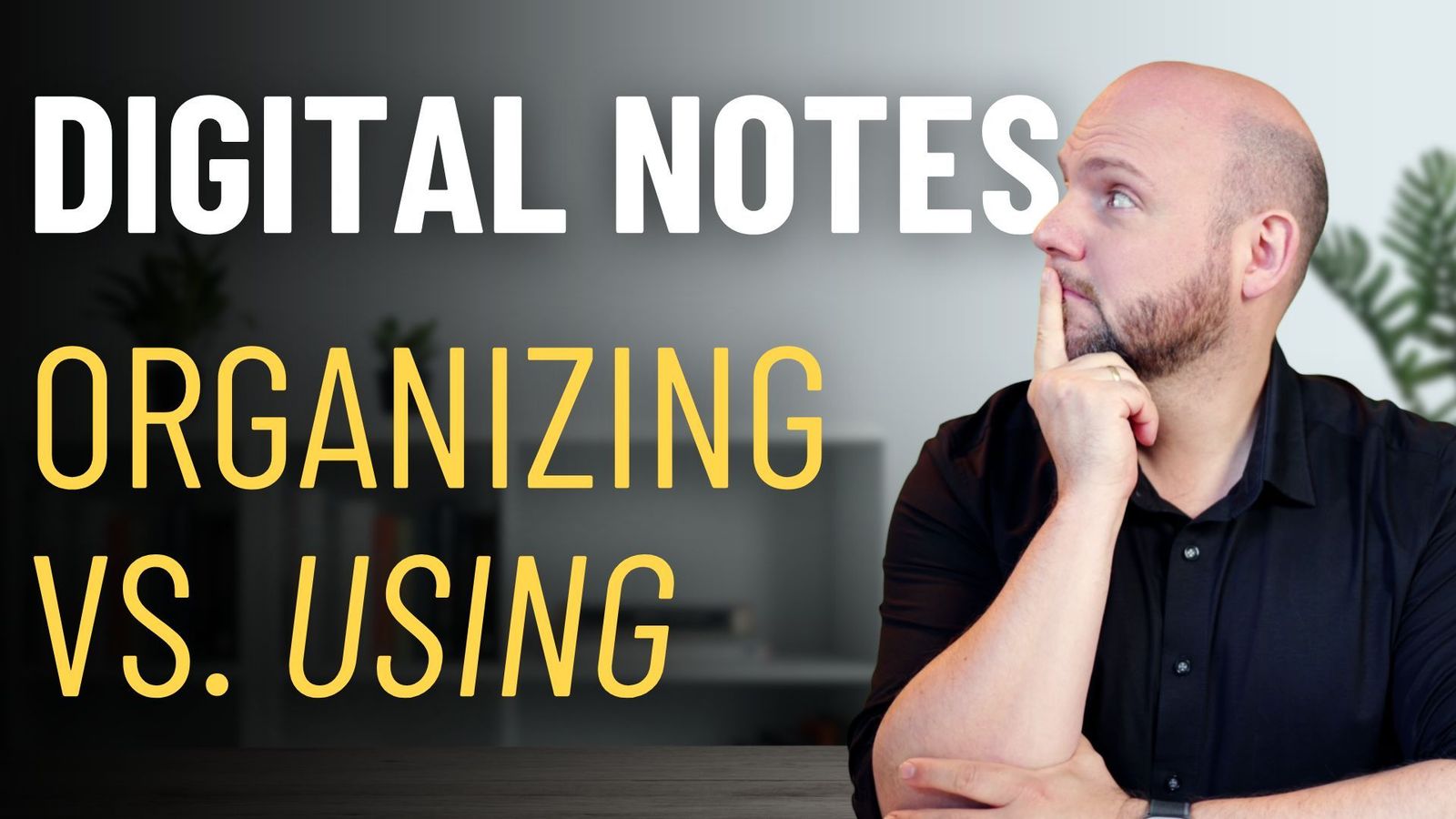In 2024, we witnessed the most significant shift in the SaaS landscape to date—organizations reduced their SaaS tool stacks by an astonishing 53%. This wasn’t a minor trim. It was a wave of consolidation, with entire categories of apps getting wiped out. For anyone building their digital workflows on top of unstable software, the warning couldn’t be clearer: survival isn’t guaranteed.
The note-taking and Personal Knowledge Management space is especially vulnerable. Once-popular apps like Wunderlist, Dark Sky, and Evernote have either disappeared or become shadows of their former selves. And the truth is harsh—92% of SaaS startups fail within three years. That’s not a statistic; it’s a reality check for anyone building a productivity stack.
The Cost of Tool Collapse
The collapse of a note-taking app doesn’t just mean losing access to an app. It means losing months—or even years—of system design, customization, and refined workflows. For Busy Professionals who’ve invested in building knowledge systems, the damage goes far beyond data loss. It disrupts muscle memory, established workflows, and even the clarity of your thought process.
This isn’t theory. This already happened:
– Roam Research lost momentum after raising $9 million.
– Evernote declined across multiple ownership changes.
– Bear users waited years for core updates.
– Skiff, after raising $14M and reaching 2M users, was acquired and shut down by Notion in just 12 months.
Why So Many Apps Are Dying Now
There are three major forces accelerating this collapse:
1. The AI Arms Race
Every modern note-taking app is racing to add AI capabilities. These features aren’t cheap:
– Basic AI: $10,000–$50,000
– Generative AI MVP: $50,000–$100,000
– Enterprise AI solutions: $100,000–$500,000+
Small teams simply can’t compete. Without major funding or acquisition, many are running out of runway.
2. Market Overload
Hundreds of apps are chasing the same pool of users. Only the top-tier tools generate enough revenue to survive. With organizations now actively slashing their tech stacks and users hesitant to commit after being burned before, it’s a death spiral for smaller apps.
3. The Enterprise Pivot
Struggling apps turn to enterprise markets to stay afloat. That’s when the problems start:
– Prices skyrocket
– Interfaces become bloated
– Consumer-centric features are deprioritized
In the end, the tool no longer serves its original audience.
The Sustainability Framework: Choose Tools That Last
To protect your productivity systems, you need to choose note-taking tools using The Sustainability Framework. This three-part test helps you future-proof your knowledge management:
Revenue Reality Check
Does the app have a viable, proven business model right now? Look for:
– Over 100,000+ paying users
– Strong enterprise contracts
– Backing from a financially stable parent company
Survivors:
✅ Notion (millions of paid users + enterprise deals)
✅ Obsidian (freemium model with sync subscriptions)
✅ Heptabase (profitable with strategic funding and niche focus)
Expert Freedom Rule
You must be able to export your knowledge into open formats (Markdown, plain text, CSV). If your data is locked into a proprietary system, you’re at risk. Always test export options before you fully commit.
Example:
– Obsidian stores all data locally in Markdown – completely portable.
– Tools without export options are telling you they don’t expect you to leave.
Development Velocity Test
Check the changelog. Are meaningful updates happening at least every 60 days? If not, start preparing your exit strategy. Consistent updates indicate funding, momentum, and commitment to growth.
Tools to Watch vs. Tools at Risk
Based on this framework, these three tools are positioned to survive through 2028:
– Notion
– Obsidian
– Heptabase
Others like Tana, Craft, Roam Research, and Mem show promise but fail to meet all three criteria.
Your Methodology Must Outlast Your Tools
This is the core of the ICOR® Methodology: Build your knowledge system around concepts, not features. Tools come and go. Methodologies, when done right, are portable.
By separating your system from your tools, you:
– Stop jumping between apps based on hype
– Avoid rebuilding every time a company pivots or shuts down
– Create resilience in your workflows
We invite you to learn how to implement this approach with the ICOR® Journey Starter Kit. You’ll get:
– A 120-page PDF playbook
– An 11-lesson course
– Magic Slides
– Growth assignments
This is your roadmap to building a system that survives any tool collapse—completely free.
If you’re also exploring AI-powered productivity, stay tuned for insights into which AI features actually deliver results and which are just expensive distractions.



